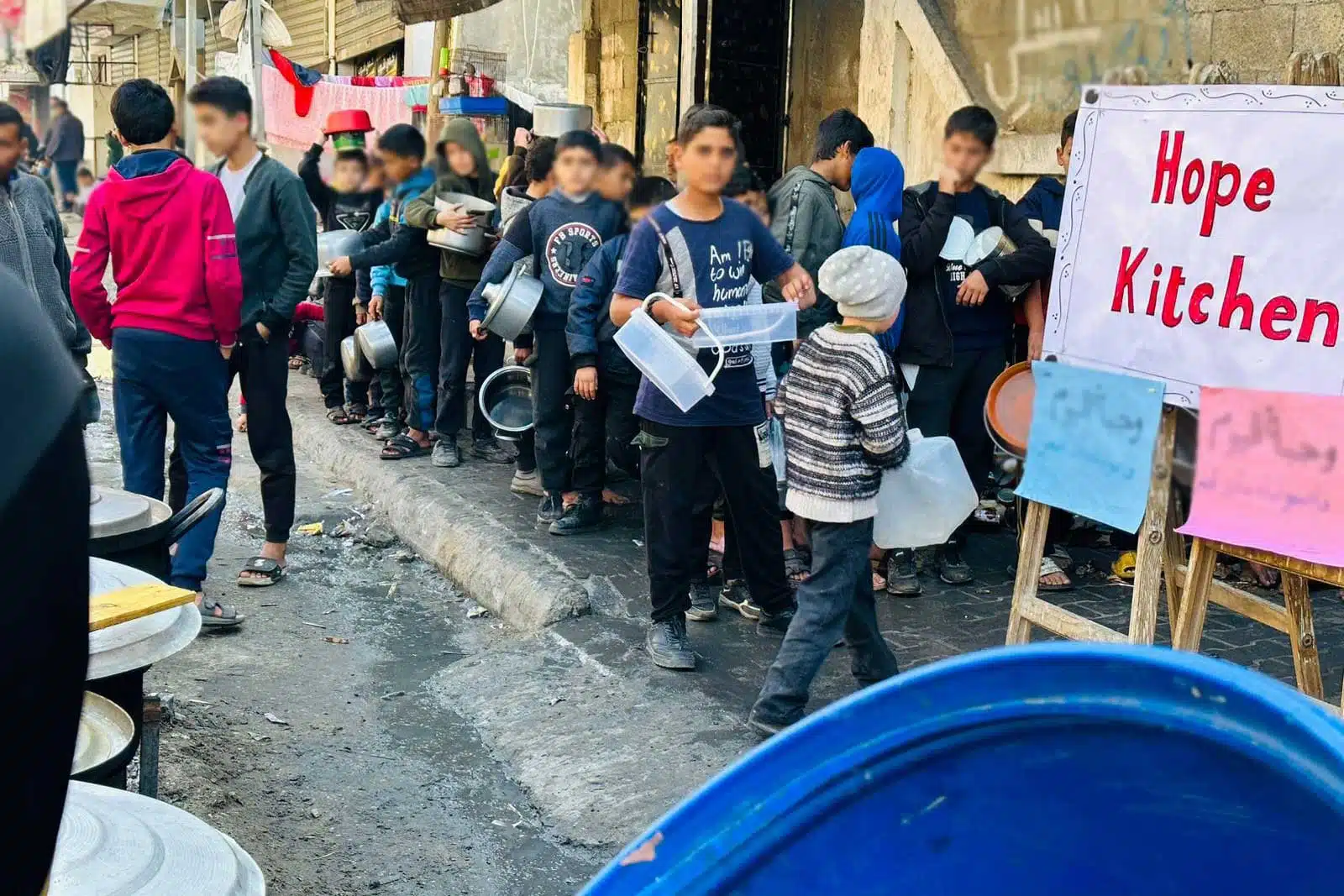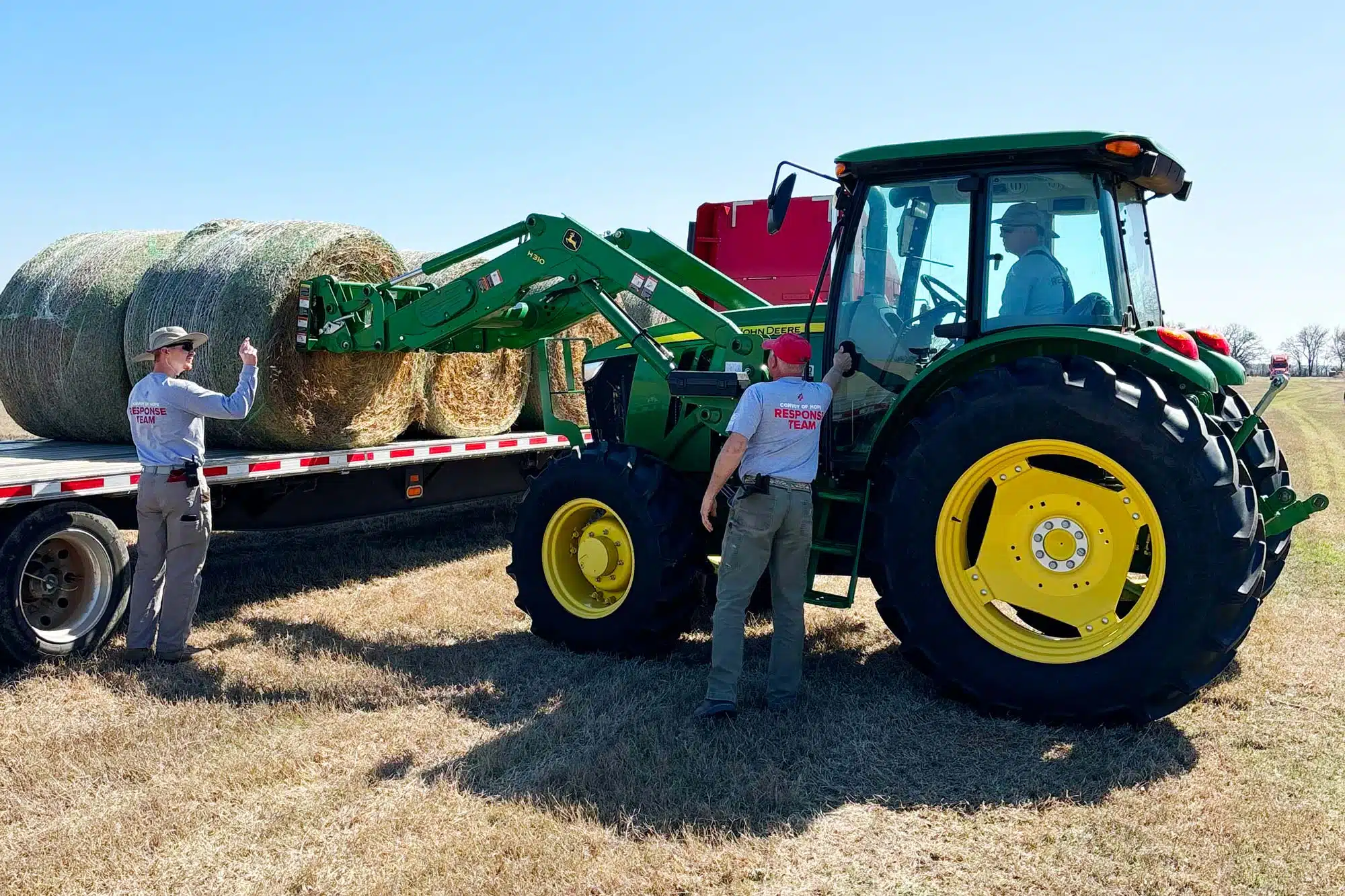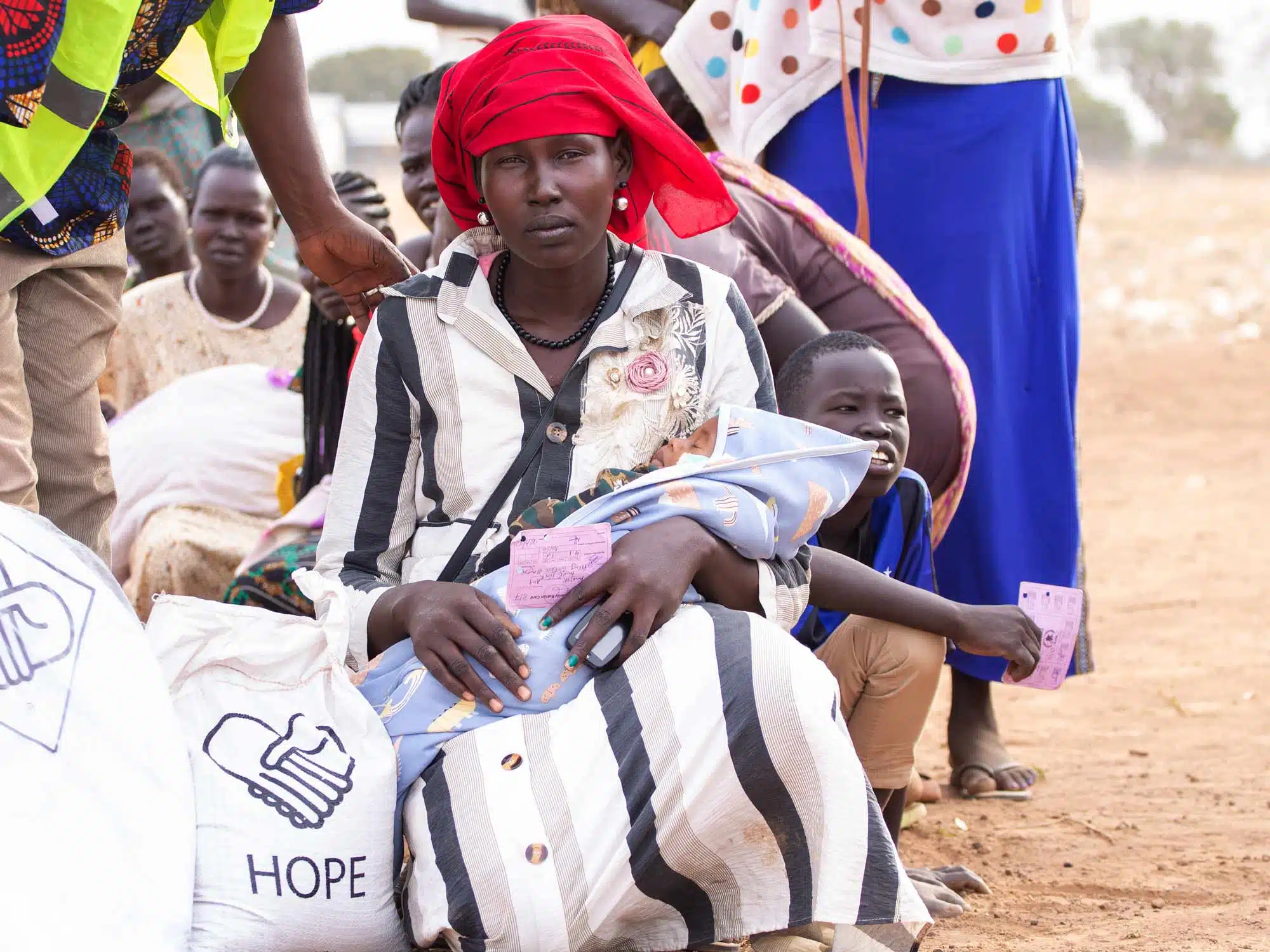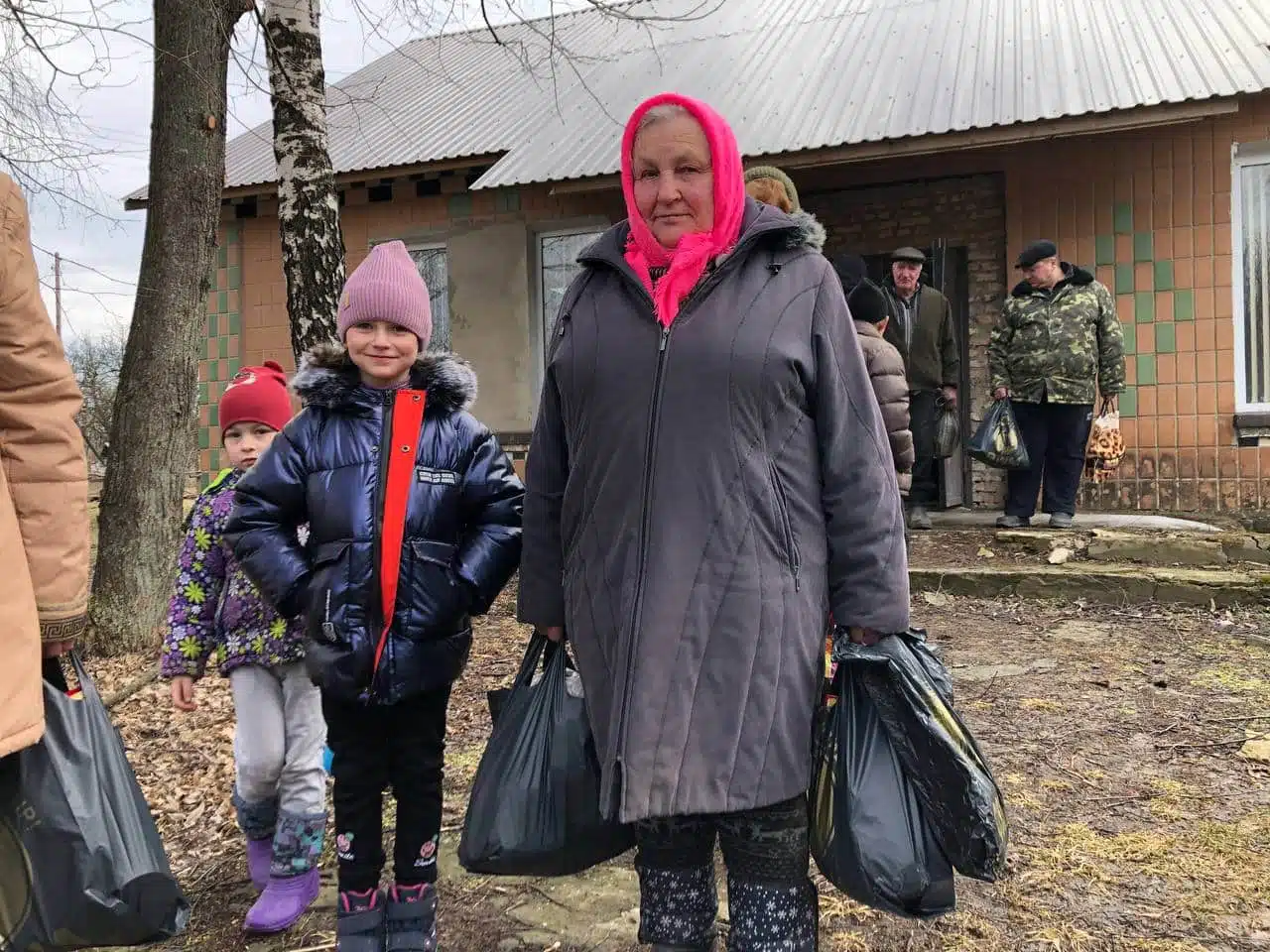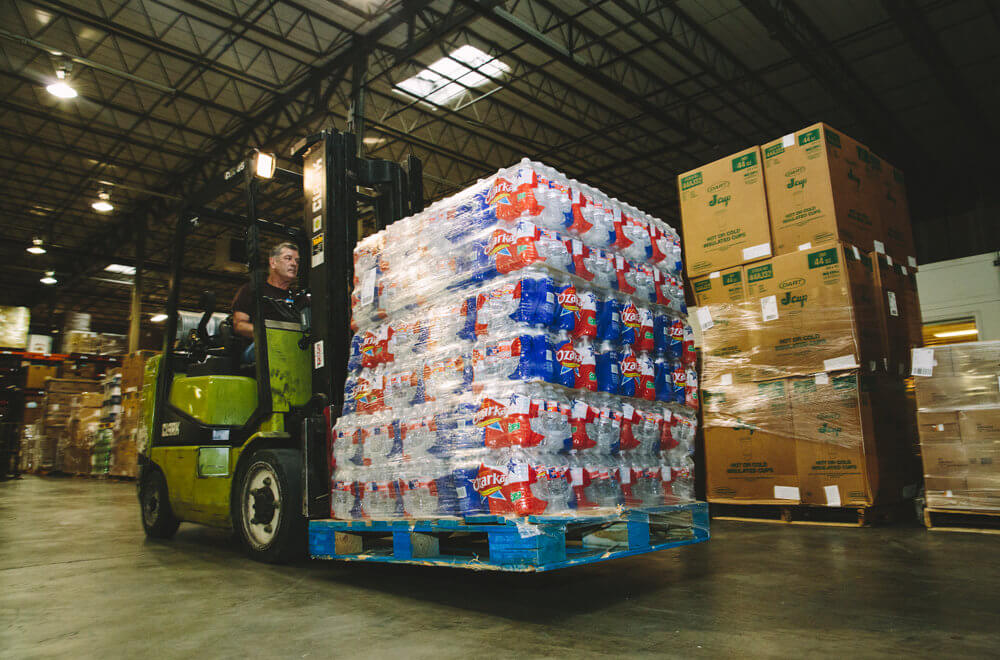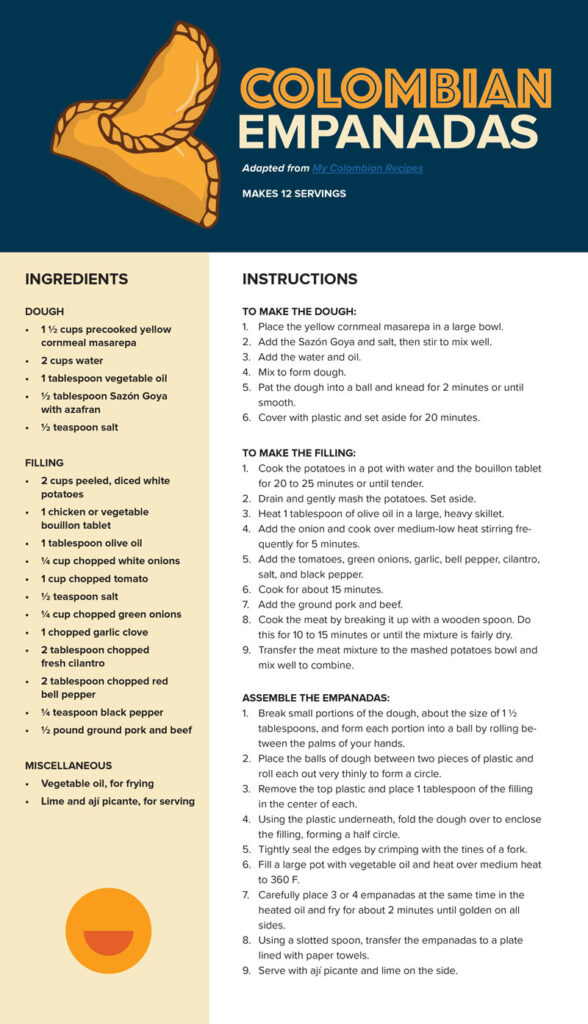Are you in the mood for a delicious and authentic Colombian empanada recipe? Then you’ve come to the right place! In this article, we’ll take a look at the history of empanadas and give you the ultimate guide to making them at home.
History of Empanadas
Empanadas are a type of pastry that can be found all around the world — from Spain to the Philippines. They’re typically filled with:
- • Meat
- • Vegetables
- • Cheese
and are fried or baked. The word “empanada” comes from the Spanish verb “empanar,” which means to wrap or coat in bread.
The history of empanadas dates back to medieval times, when they were popular among sailors and travelers. They were easy to transport and could be filled with a variety of ingredients, making them a versatile and filling meal. As empanadas traveled from country to country, they took on different flavors and ingredients, eventually becoming a beloved staple in many cultures around the world.
Colombian Empanadas
In Colombia, empanadas are a beloved street food that can be found in almost every city and town. They’re typically made with a cornmeal dough (not corn flour) and are filled with a mixture of ground beef, potatoes, onions, and spices.
They are then fried until crispy, and served with a side of ají — a spicy salsa made with tomatoes, onions, and cilantro.
Colombian empanadas have a long and rich history that dates back to pre-Columbian times.
The indigenous people of Colombia were known for making a similar pastry called “arepas,” which were made with cornmeal and stuffed with a variety of ingredients.
When the Spanish arrived in Colombia in the 16th century, they brought with them new ingredients and cooking techniques, which eventually led to the creation of the modern Colombian empanada.
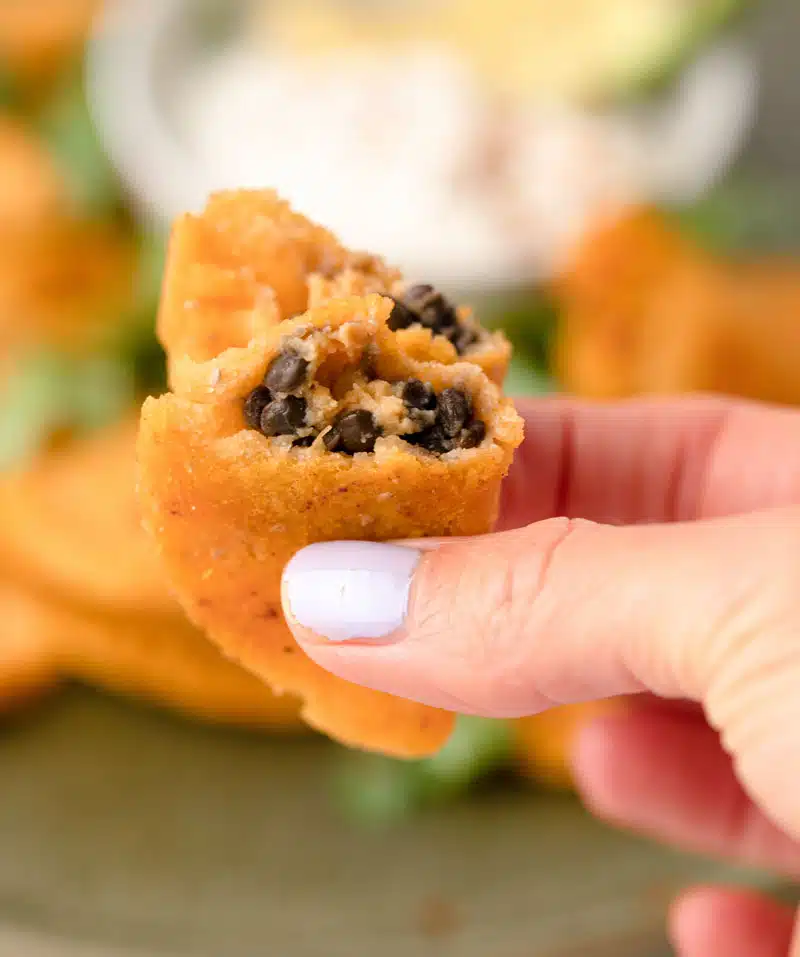
Are Colombian Empanadas Gluten Free?
When empanadas are made with wheat flour, they will contain gluten. However, it is possible to make gluten-free empanadas by using alternative flours, such as rice flour, cornmeal, or tapioca flour. Our Colombian empanada recipe uses cornmeal.
When making gluten-free dough, it’s important to use a gluten-free flour blend that has a similar texture and consistency to wheat flour. You can also add xanthan gum, a natural thickener, to help bind the dough together. When it comes to the empanadas’ filling, be sure to choose ingredients that are naturally gluten-free, such as ground beef, potatoes, and vegetables.
By using gluten-free flours and ingredients, you can enjoy delicious empanadas without worrying about gluten intolerance or celiac disease.
How To Make Colombian Empanadas
Now that you know a bit about the history of empanadas, it’s time to learn how to make them at home.
Recipe adapted from My Colombian Recipes.
INGREDIENTS
For the Dough:
- • 2 cups water
- • 1½ cups precooked yellow cornmeal masarepa
- • 1 tablespoon vegetable oil
- • ½ teaspoon salt
- • ½ tablespoon Sazón Goya with azafran
For the Filling:
- • 2 cups white potatoes, peeled and diced
- • 1 bouillon tablet (chicken or vegetable)
- • 1 tablespoon olive oil
- • ¼ cup white onions, chopped
- • 1 cup chopped tomato
- • ½ teaspoon salt
- • ¼ cup chopped green onions
- • 1 garlic clove, chopped
- • 2 tablespoons fresh cilantro, chopped
- • 2 tablespoons red bell pepper, chopped
- • ¼ teaspoon black pepper
- • ½ pound ground pork and beef
Miscellaneous
- • Vegetable oil, for frying
- • Ají picante and lime, for serving
INSTRUCTIONS
For the Dough:
- Place the yellow cornmeal masarepa in a large bowl.
- Add the Sazón Goya and salt, then stir to mix well.
- Add the water and oil.
- Mix to form dough.
- Pat the dough into a ball and knead until smooth, about 2 minutes.
- Cover with plastic wrap and set aside for 20 minutes.
For the Filling:
- Cook the potatoes in a pot with water, and add the vegetable or chicken bouillon tablet. Cook for 20 to 25 minutes or until tender.
- Drain and gently mash the potatoes. Set aside.
- Heat olive oil in a large, heavy skillet.
- Add the onion and cook over medium-low heat. Stir frequently for 5 minutes.
- Add the tomatoes, green onions, garlic, bell pepper, cilantro, salt, and pepper.
- Cook for about 15 minutes.
- Add the ground pork and beef.
- Cook the meat by breaking it up with a wooden spoon. Do this for 10 to 15 minutes or until the mixture is fairly dry.
- Transfer the meat mixture to the mashed potatoes bowl and mix well.
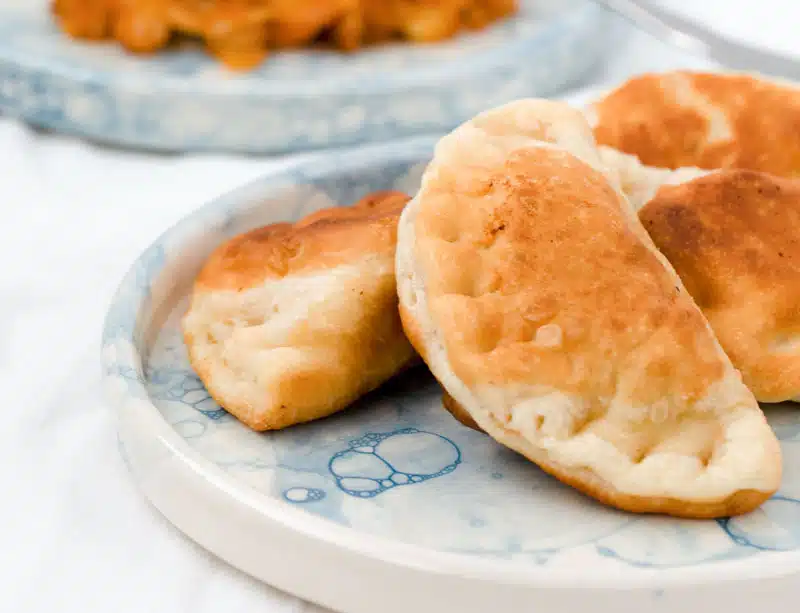
Assemble the Empanadas:
- Break off small portions of the dough, about the size of 1½ tablespoons.
- Form each portion into a ball by rolling between the palms of your hands.
- Place the balls of dough between two pieces of plastic and roll each out very thinly to form a circle.
- Remove the top plastic and place 1 tablespoon of filling in the center of each.
- Using the plastic underneath, fold the dough over to enclose the filling, forming a half circle.
- Tightly seal the edges by crimping with the tines of a fork.
- Fill a large pot with vegetable oil and heat over medium heat to 360 F.
- Carefully place 3 or 4 empanadas at the same time in the heated oil and fry for about 2 minutes until golden brown on all sides.
- Using a slotted spoon, transfer the empanadas to a plate lined with paper towels.
- Serve with ají picante and lime on the side.
How To Serve Colombian Empanadas
When it comes to serving Colombian empanadas, there are a few different options.
- • You can serve them with a side of ají, which adds a nice kick of spice to the dish.
- • You can also top them with a bit of crumbled queso fresco, a type of fresh cheese that’s commonly used in Colombian cuisine
- • You can serve them with a side of guacamole, which pairs perfectly with the flavors of the empanadas.
Next Steps
Making Colombian empanadas at home is a fun and delicious way to experience the flavors of Colombian cuisine. Whether you’re serving them as an appetizer or as a main course, these empanadas are sure to be a hit at your next dinner party.
With a bit of practice and the right recipe for Colombian empanadas, you can make these tasty treats in the comfort of your own home. So why not give it a try and impress your friends and family with your newfound culinary skills?
. . .
In 2022, Convoy of Hope began Children’s Feeding and Agriculture programming in Colombia. After responding to a severe flooding disaster, Convoy implemented Children’s Feeding in a community where teams had already provided aid to flood survivors.
Now, Agriculture participants help sustain the meals children receive through Children’s Feeding. What started as a disaster response became something more — the opportunity for Colombians to break the cycle of poverty for their families.
Recipe
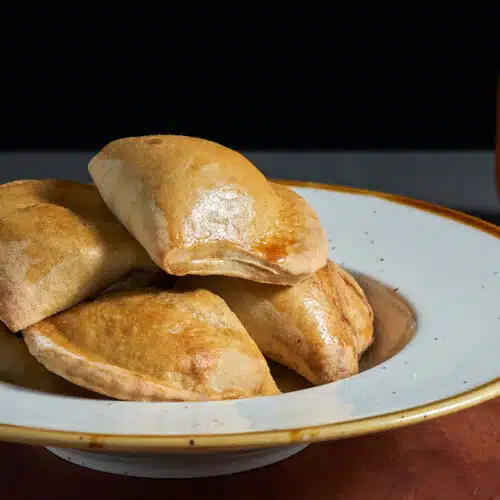
Colombian Empanadas
Ingredients
For the Dough
- 2 cups water
- 1½ cups precooked yellow cornmeal masarepa
- 1 tablespoon vegetable oil
- ½ teaspoon salt
- ½ tablespoon Sazón Goya with azafran
For the Filling
- 2 cups white potatoes (peeled and diced)
- 1 bouillon tablet (chicken or vegetable)
- 1 tablespoon olive oil
- ¼ cup white onions (chopped)
- 1 cup tomato (chopped)
- ½ teaspoon salt
- ¼ cup green onions (chopped)
- 1 garlic clove (chopped)
- 2 tablespoons fresh cilantro (chopped)
- 2 tablespoons red bell pepper (chopped)
- ¼ teaspoon black pepper
- ½ pound ground pork and beef
Miscellaneous
- Vegetable oil, for frying
- Aji picante and lime, for serving
Instructions
For the Dough
- Place the yellow cornmeal masarepa in a large bowl.
- Add the Sazón Goya and salt, then stir to mix well.
- Add the water and oil.
- Mix to form dough.
- Pat the dough into a ball and knead for 2 minutes, or until smooth.
- Cover with plastic wrap and set aside for 20 minutes.
For the Filling
- Cook the potatoes in a pot with water, and add the vegetable or chicken bouillon tablet. Cook for 20 to 25 minutes or until tender.
- Drain and gently mash the potatoes. Set aside.
- Heat olive oil in a large, heavy skillet.
- Add the onion and cook over medium-low heat. Stir frequently for 5 minutes.
- Add the tomatoes, green onions, garlic, bell pepper, cilantro, salt, and pepper.
- Cook for about 15 minutes.
- Add the ground pork and beef.
- Cook the meat by breaking it up with a wooden spoon. Do this for 10 to 15 minutes or until the mixture is fairly dry.
- Transfer the meat mixture to the mashed potatoes bowl and mix well.
Assemble the Empanadas
- Break off small portions of the dough, about the size of 1½ tablespoons.
- Form each portion into a ball by rolling between the palms of your hands.
- Place the balls of dough between two pieces of plastic and roll each out very thinly to form a circle.
- Remove the top plastic and place 1 tablespoon of filling in the center of each.
- Using the plastic underneath, fold the dough over to enclose the filling, forming a half circle.
- Tightly seal the edges by crimping with the tines of a fork.
- Fill a large pot with vegetable oil and heat over medium heat to 360 F.
- Carefully place 3 or 4 empanadas at the same time in the heated oil and fry for about 2 minutes until golden brown on all sides.
- Using a slotted spoon, transfer the empanadas to a plate lined with paper towels.
- Serve with ají picante and lime on the side.

